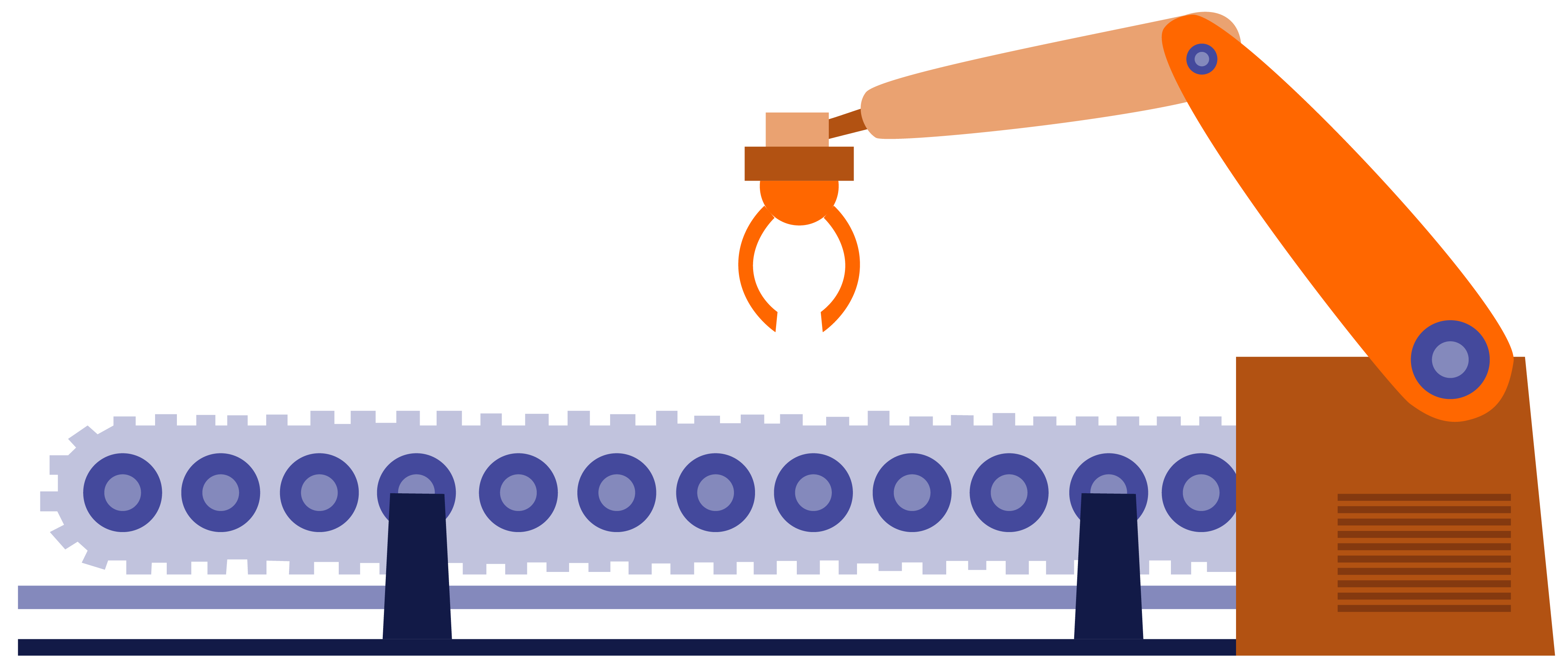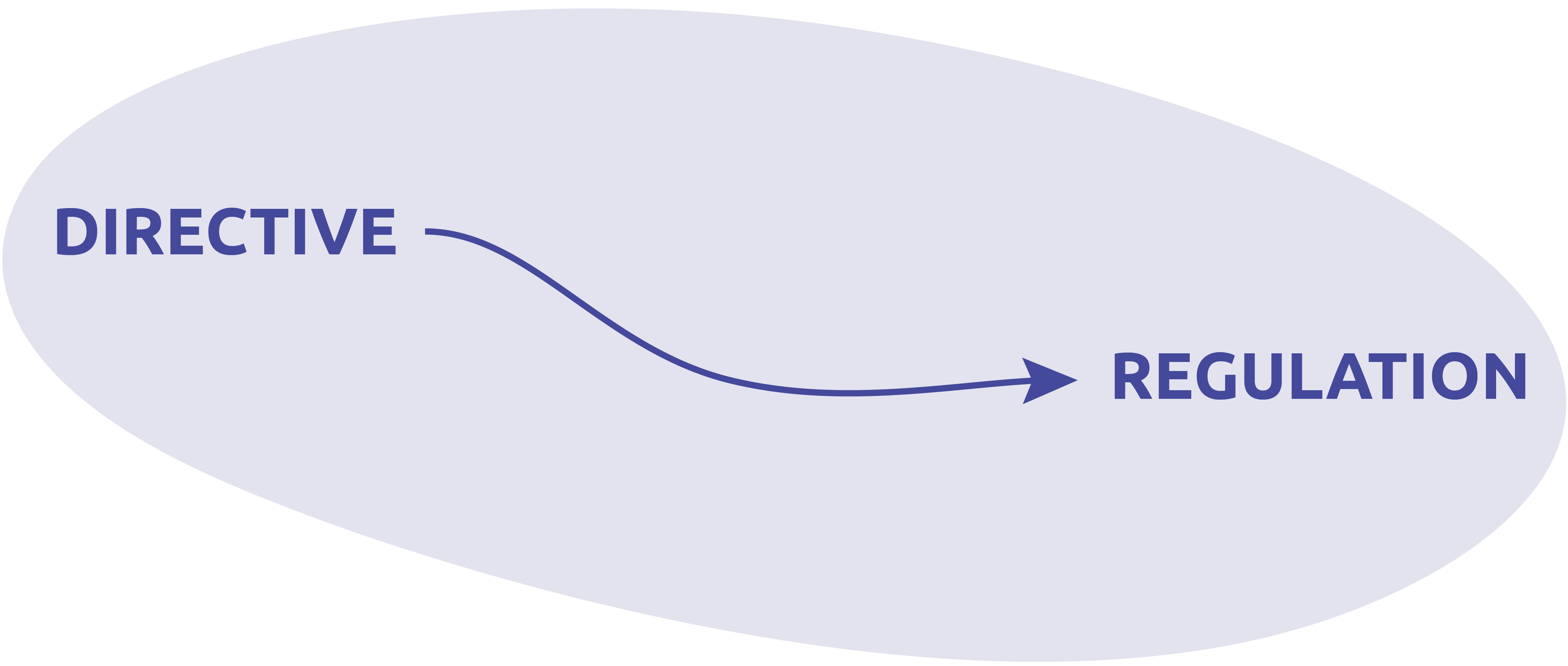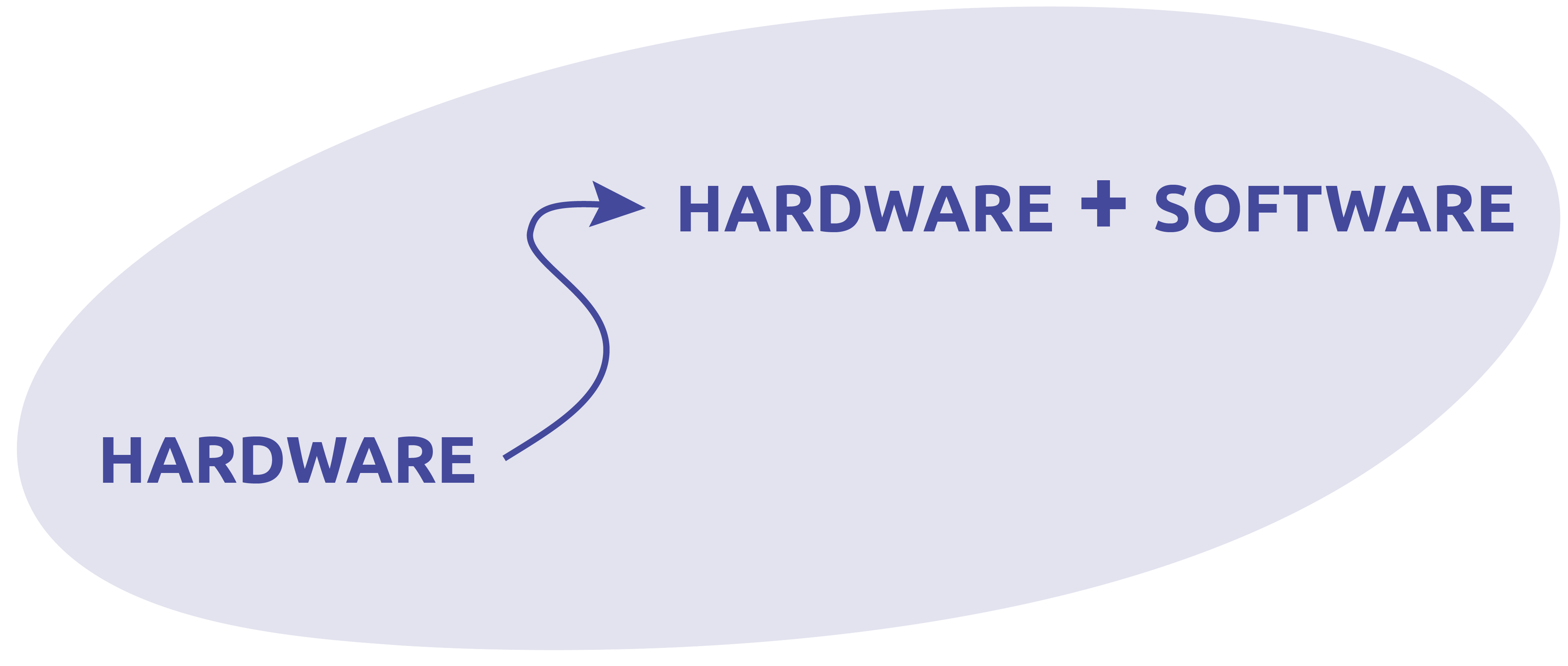CE marking: proposal for the revision of the Machinery Directive 2006/42/CE

The Machinery Directive establishes a regulatory framework for the CE marking and the placing on the single market of machinery on the basis of Article 114 of the TFEU. During the REFIT2 evaluation of the directive, all interested parties confirmed that it is an essential legislative act to adapt Directive 2006/42/EC (and not only) to the new needs of the market.
The new european regulation, which will replace the Machinery Directive, aims to keep pace with the technical evolution of artificial intelligence systems integrated into machines. Moreover, it allows digital formats for the documentation accompanying the machine. The new regulation has been drawn up in compliance with the indications of the new legislative framework. Therefore it will be consistent with other directives typically applicable to machinery, such as the Low Voltage Directive 2014/35/EU and the Electro Magnetic Compatibility Directive 2014/30/EU.
The benefits of transforming the directive into a regulation include more uniform implementation, no transposition problems and greater legal certainty. Moreover, it makes it possible to reduce delays in transposition and the differences in interpretation between Member States.
The process leading to the publication of the new EU legislation will last, presumably until the end of 2022.

Main technical changes
Safety components
The safety components fall within the scope of the machinery directive and, as such, must be CE marked.
Digital components, including software, have also been introduced in the definition of “safety component” of the new machinery regulations. For the first time the machinery regulations therefore also apply to an intangible product. The software that performs safety functions placed on the market separately must therefore be CE marked in accordance with the machinery regulations and be accompanied by an EU declaration of conformity and, where necessary, instructions for use.
New technologies
In particular, the risk assessment must take into account the evolution of the behavior of machines designed to operate with different levels of autonomy.
The learning phase must also be considered, limiting the behavior of the machine, by means of adequate safety circuits, so as not to exceed the limits considered in the risk assessment.
Finally, also in the essential safety and health protection requirements applicable to mobile machines, specific parts have been included for autonomous mobile machines, i.e. without driver. These products, called AGVs, are increasingly widespread and are supplanting the manual handling of objects in the diverse sectors, from production lines, to warehouses and hospitals.
Cybersecurity
Computer security is an aspect that can no longer be neglected for machines. In fact, today practically all machines are connected to data networks that can be the object of attacks by malicious people. Facts of this kind have already happened and are going to increase in the future.
For this reason, the new machinery regulation requires that the control circuits that perform safety functions are designed in such a way as to prevent malicious attacks from causing dangerous behavior of the machines.
A new essential safety and health protection requirement was also introduced explicitly dedicated to the protection of IT systems against data corruption.
Human - machine collaboration
Traditional methods of protecting people by segregating hazardous areas are not suitable when humans and machines need to share a common workspace, as in applications with collaborative robots (or cobots).
The essential safety and health protection requirement relating to the risks due to moving elements has therefore been modified to take into account the new solutions to be adopted to ensure the safety of people in collaborative applications, also taking into account the psychological stress aspects that these work situations can cause.

High risk products
Annex IV of Directive 2006/42/EC, containing the list of products considered high risk, has become Annex I of the new machinery regulation.
The products included in this Annex have remained unchanged, and software that performs safety functions placed on the market separately and machines that incorporate artificial intelligence systems that perform safety functions have been added.
For these products, the possibility for the manufacturer to apply the conformity assessment procedure with internal manufacturing control has been removed and therefore the intervention of a notified body will always be required (for the examination procedure for type certification or for the procedure of total quality assurance).